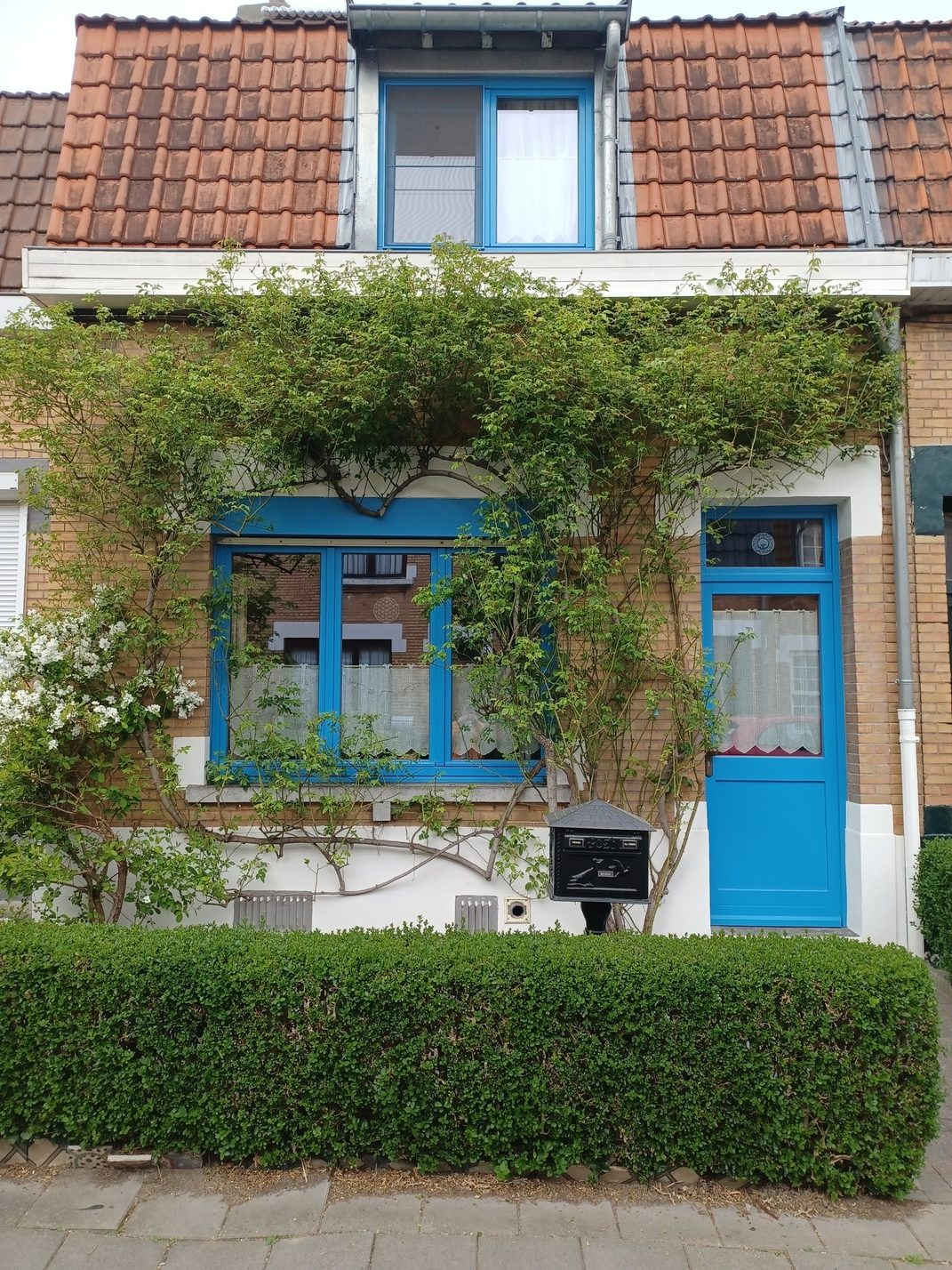Workers’ housing and garden suburbs in Molenbeek
This guided tour offers an overview of the types and styles of social housing in Brussels, from the first estates of workers’ housing to Modernist ensembles, passing via garden suburbs, of course.

From the early nineteenth century onwards, the Chaussée de Gand in Molenbeek-Saint-Jean saw a huge number of factories and smaller workshops built along its length. It was therefore not surprising that, shortly afterwards, several estates of workers’ housing were also built there, where the workers lived in dreadful conditions. In 1899, against a background of increasingly vocal demands from the working class, Molenbeek council became the second in Brussels to set up a public social housing company, following the example of Schaerbeek. Known today as “Logement Molenbeekois” this organisation was responsible for the construction of several garden suburbs in the inter-war period, with evocative names: Cité du Lierre, Cité Gulden-Bodem, Cité Accord-Mélodie, Cité Nogent, Cité Diongre and Cité de Saulnier.
This guided tour offers an overview of the types and styles of social housing in Brussels, from the first estates of workers’ housing to Modernist ensembles, passing via garden suburbs, of course. It offers an opportunity for participants to immerse themselves in the history of the fight for social justice and decent, affordable housing in Brussels since the nineteenth century.
